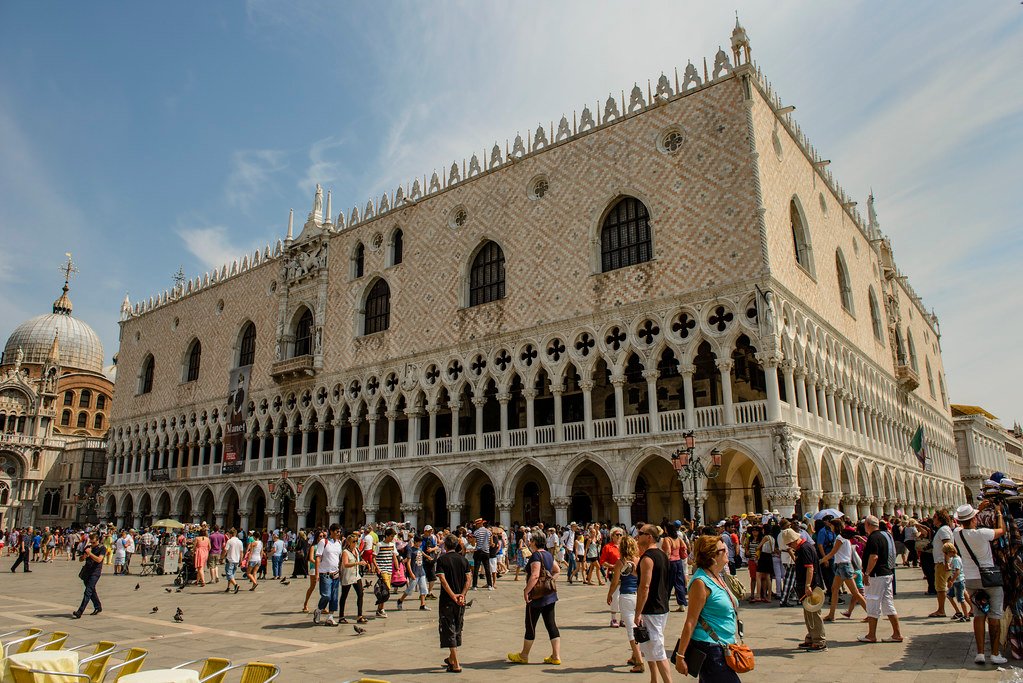
The Colosseum is one of the most famous historical monuments in the world. This impressive ancient arena, located in Rome, has a rich history and is famous for the gladiatorial games that took place there. In this article, we’ll take a closer look at the Colosseum’s history and the lives of the gladiators who fought there.
Table of Contents
The Construction of the Colosseum
The construction of the Colosseum began in AD 72 under Emperor Vespasian and was completed in AD 80 under his son, Titus. The Colosseum is also known as the Flavian Amphitheatre, named after the Flavian dynasty who built it. The Colosseum was designed to hold up to 80,000 spectators and was used for a variety of events, including gladiatorial games, animal hunts, and mock sea battles.
The Purpose of the Colosseum
The Colosseum was built to provide entertainment to the people of Rome. The gladiatorial games were a popular pastime, and the Colosseum was the perfect venue to host them. The games were usually sponsored by wealthy individuals, politicians, or the emperor himself. The gladiatorial games were seen as a way to demonstrate power and wealth, as well as to distract the masses from their daily lives.
The Life of a Gladiator
Gladiators were typically slaves or prisoners of war who were forced to fight in the arena. Some individuals, however, became gladiators voluntarily as a way to escape poverty. The life of a gladiator was brutal and short. They were trained to fight with various weapons and were expected to fight to the death. The gladiators were seen as a form of entertainment, and their lives were not valued in the same way as free citizens.
Types of Gladiators
There were many different types of gladiators, each with their own style of fighting. The most famous types of gladiators include:
Murmillo
The Murmillo was a heavily armed gladiator who fought with a large shield and a sword. They were often pitted against the Retiarius, who fought with a trident and a net.
Retiarius
The Retiarius was a lightly armed gladiator who fought with a trident and a net. They were often pitted against the Murmillo, who was heavily armored.
Secutor
The Secutor was a heavily armored gladiator who fought with a sword and a large shield. They were often pitted against the Retiarius.
Thraex
The Thraex was a gladiator who fought with a curved sword and a small shield. They were often pitted against the Murmillo.
The End of the Games
The gladiatorial games were banned in AD 438 by the Christian emperor Theodosius II. The games had become increasingly brutal, and the Christian church viewed them as barbaric and immoral. The Colosseum was eventually abandoned and fell into disrepair. It was used as a quarry for building materials, and many of its stones were used to build other structures in Rome.
The Restoration of the Colosseum
In the 18th century, the Colosseum was seen as a symbol of Rome’s past glory, and efforts were made to restore it. The restoration efforts continue to this day, and the Colosseum is now a popular tourist attraction, drawing millions of visitors each year.
Conclusion
The Colosseum is a fascinating historical monument that provides insight into the ancient Roman world. The gladiatorial games that took place there are a testament to the brutal and violent nature of the times. However, the Colosseum also represents the architectural and engineering feats of ancient Rome, showcasing the impressive skills and knowledge of their builders.
Visiting the Colosseum today, it is hard not to be awed by its grandeur and history. It is a reminder of the past and the lessons we can learn from it. The lives of the gladiators who fought there may have been brutal, but their legacy continues to fascinate and educate us today.







